
The Ultimate Guide to Lead Prioritization for Sales Reps
The average Salesforce instance has thousands of prospects, leads, and customers. Here’s the problem. Each contact has a different propensity to buy. Salespeople must balance selling and non-selling activities every day. Making calls, meeting customers, and prioritizing leads are key tasks. Did you know salespeople spend 145 hours annually prioritizing leads manually? You might think, “That’s manageable, just a couple

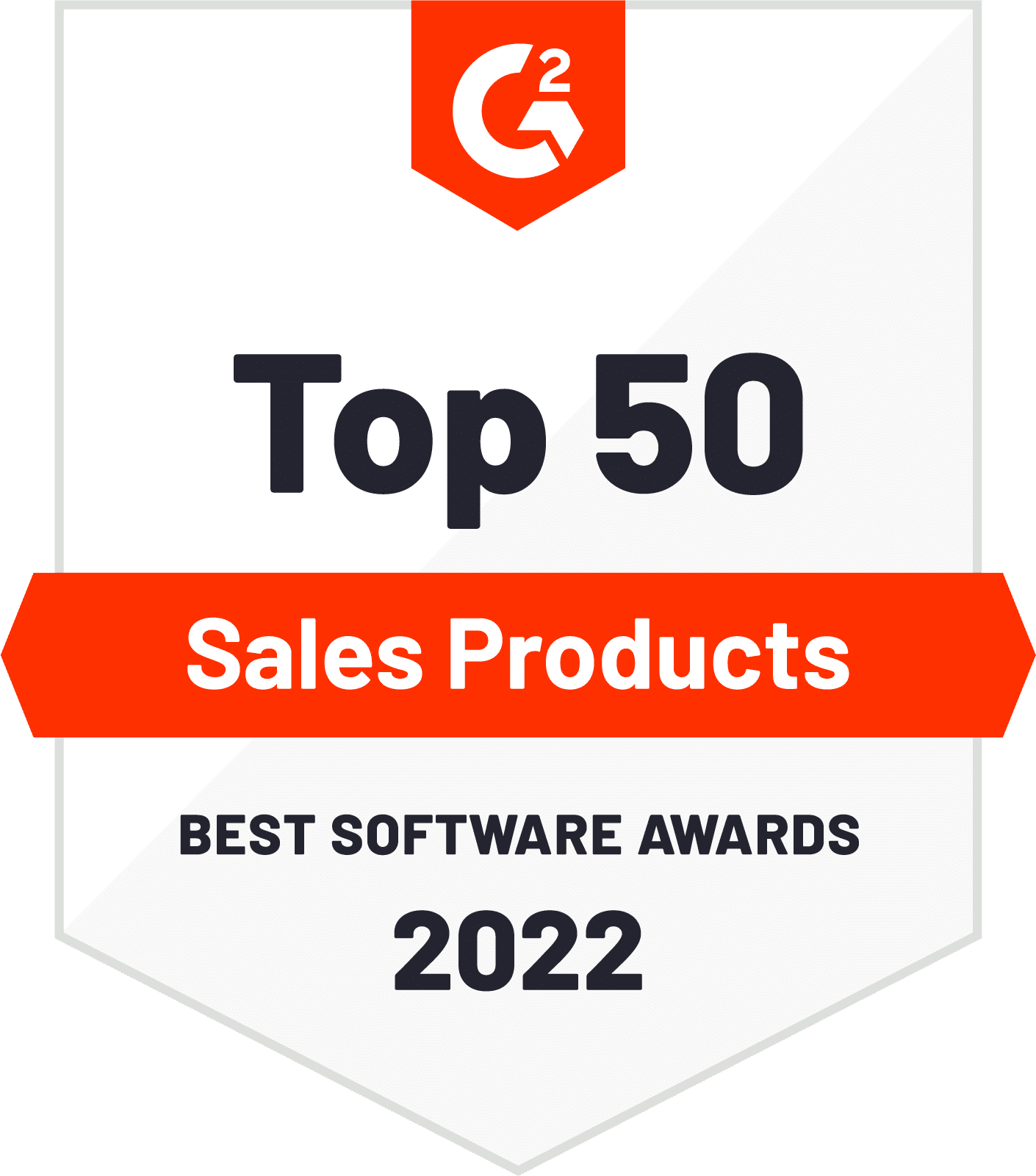
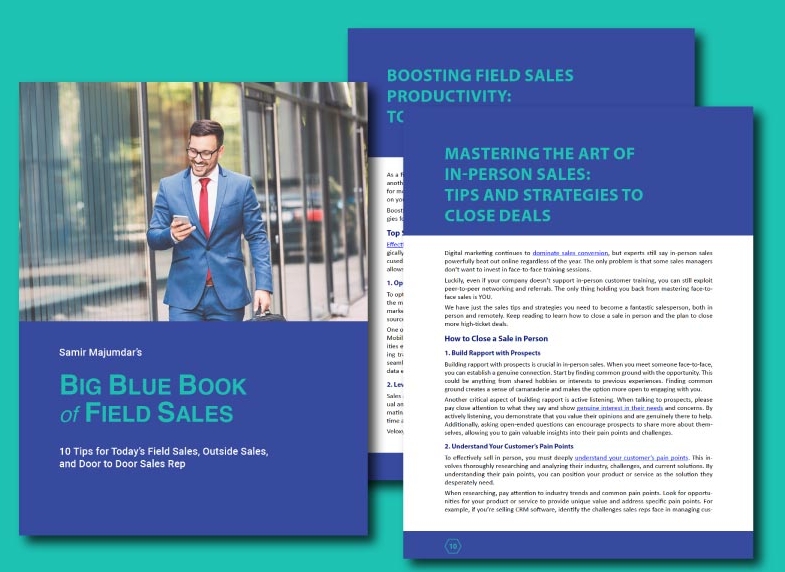
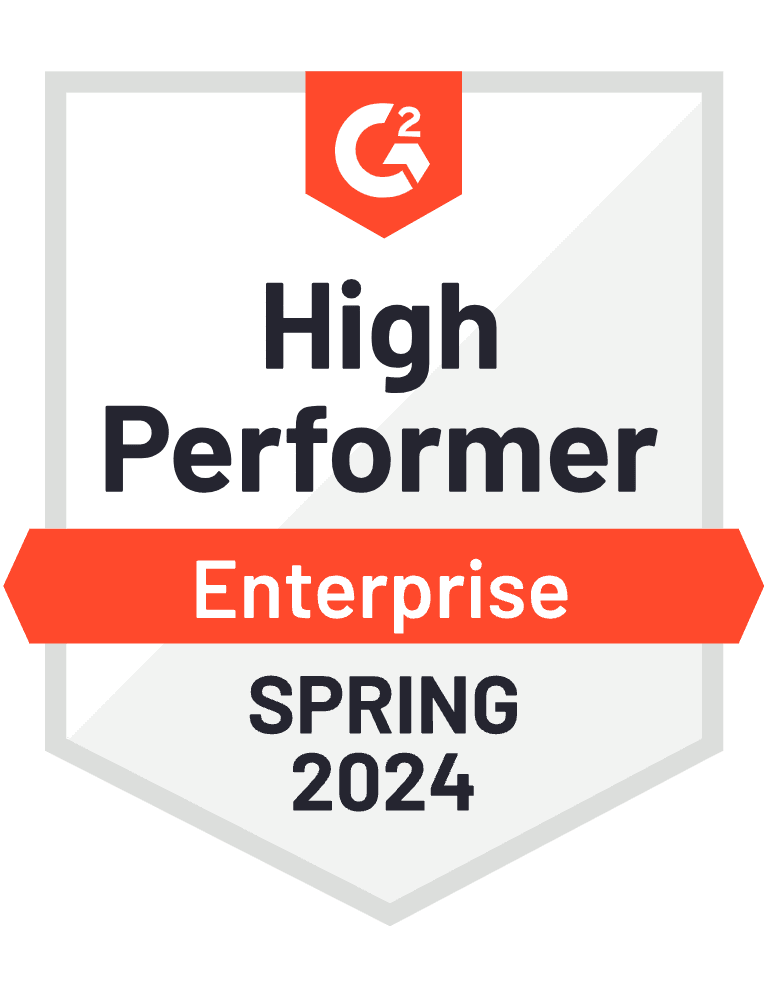


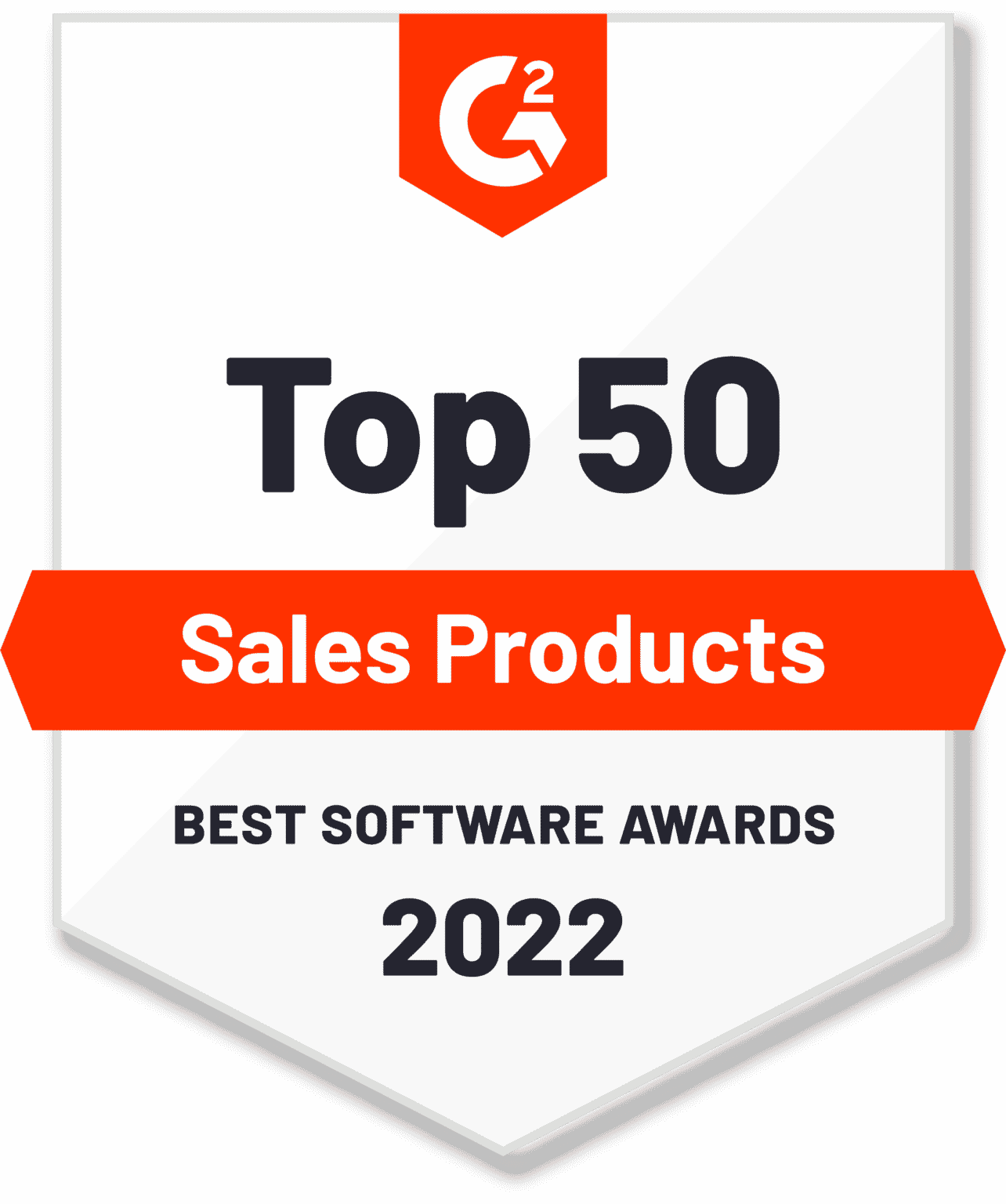
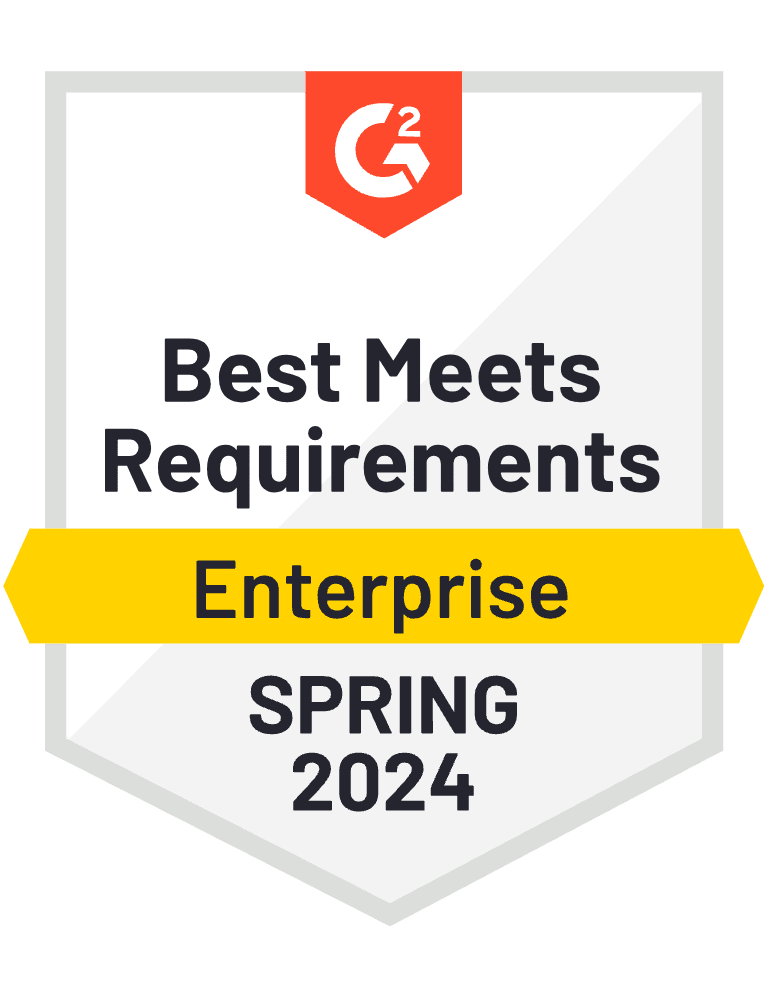

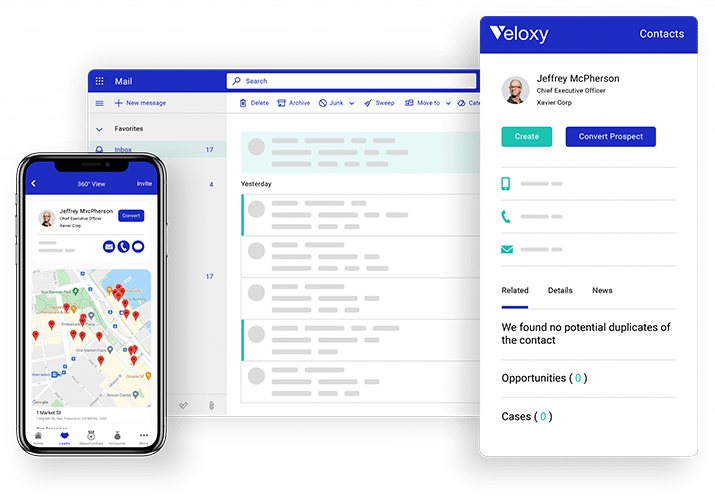


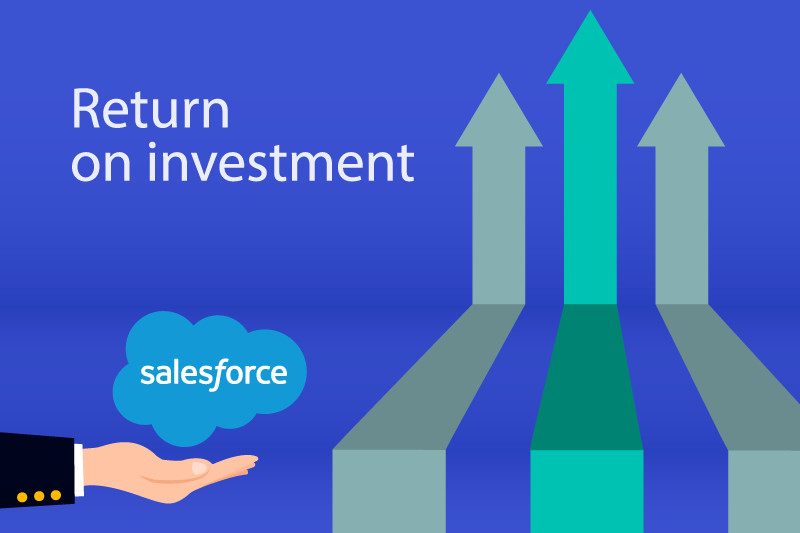
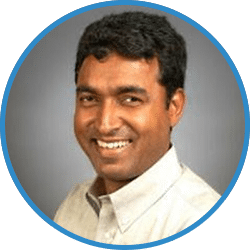
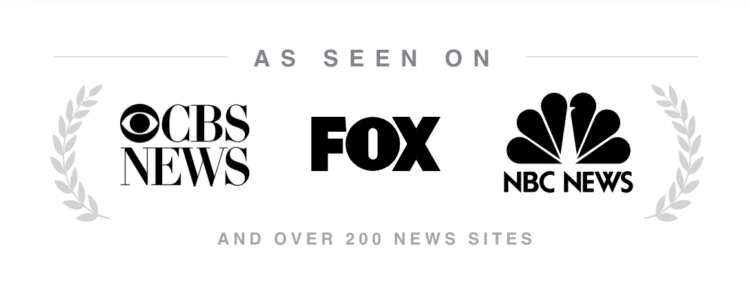
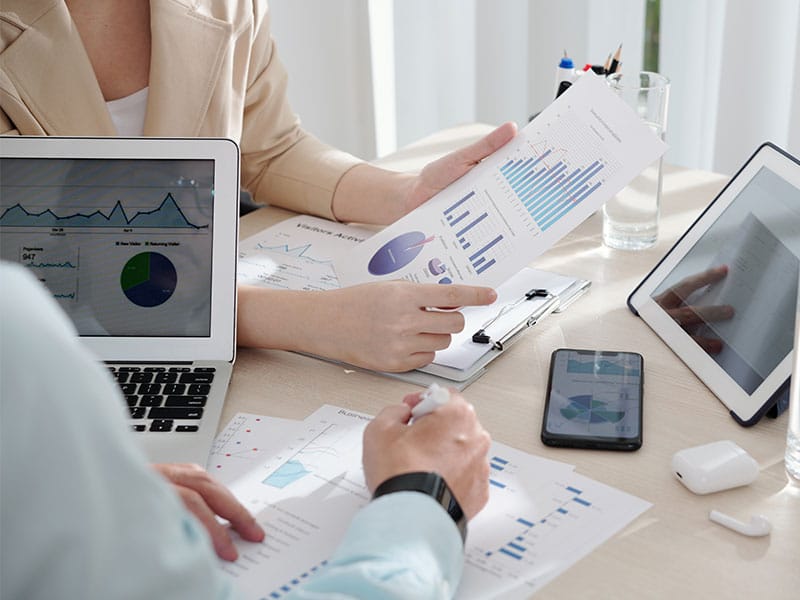








Salesforce’s revenue in 2022 was $26.492 Billion. The average ROI period for a Salesforce installation is now 13 months. Shouldn’t the return, along with the uptick in sales, come faster than one year?!
Maximizing Salesforce ROI can feel like an enigma. You’ve invested in the platform, but how do you ensure you’re truly getting the most out of it?
In this blog post, we’ll dive into the importance of Salesforce ROI, the key factors affecting it, and the essential metrics to consider when measuring your CRM investment.
We’ll also explore strategies to increase ROI, aligning Salesforce with business goals, monitoring and adjusting your ROI strategy, and leveraging external expertise for optimization.
Armed with this knowledge, you’ll be well-prepared to unlock the full potential of your Salesforce investment and drive your business to new heights
Short Summary
Understanding the Importance of Salesforce ROI
Salesforce ROI is a critical metric that measures the effectiveness of your CRM investment. By evaluating the impact of Salesforce on your marketing, sales, and customer service activities, you can make informed decisions about resource allocation and optimize your CRM strategy.
Quantifiable financial returns are one of the advantages of investing in CRM systems like Salesforce.
However, maximizing Salesforce ROI is not a magic elixir—it requires a comprehensive approach that involves reviewing and optimizing various aspects of your CRM implementation, such as user adoption, data quality, and customization.t
Key Factors Affecting Salesforce ROI
Several factors influence Salesforce ROI, including user adoption, data quality, customization and integration. These factors need to be considered and managed effectively to ensure that your CRM investment yields the desired results.
In the following sections, we’ll delve deeper into each of these factors and discuss their impact on Salesforce ROI.
User Adoption
User adoption is crucial for maximizing Salesforce ROI. When employees fully utilize the CRM system, it leads to reduced overhead costs, increased productivity, and ultimately, a higher return on investment. Metrics such as the team’s accomplishments after enabling Salesforce, login history, and the completeness and accuracy of data entered by agents can be used to measure user adoption. Employee adoption is one of the vital components for maximizing CRM investment.
To improve user adoption, businesses can:
These strategies enhance the customer experience and ensure that employees are equipped to utilize the Salesforce CRM system to its fullest potential, resulting in a seamless and efficient user experience in Salesforce, providing a data rich experience.
Data Quality
High data quality is indispensable for Salesforce ROI. Maintaining uniform, precise, and current data is essential for obtaining the maximum benefit from your Salesforce investment. Reliable data ensures that accurate and meaningful insights can be generated from the CRM system, which ultimately influences decision-making and ROI.
To ensure data quality in Salesforce, it’s recommended to establish a company standard for data consistency, integrity, and security. This standard should guide the entry, management, and maintenance of data within the CRM system, guaranteeing that the information used for reporting and analysis is accurate and up-to-date.
Customization and Integration
Customization and integration of Salesforce with other systems can maximize its effectiveness and optimize its return on investment. By tailoring the CRM system to your business’s unique needs and integrating it with other applications, you can enhance its functionality and improve the overall user experience. However, customization and integration should be done thoughtfully to prevent potential issues, such as complicated processes and data leakage.
To ensure successful customization and integration, it’s essential to investigate the solution across multiple Salesforce clouds, facilitating end-to-end integration. Additionally, businesses should consider leveraging external expertise, such as consultants and specialized service providers, to assist with customization and integration projects, ensuring seamless implementation and maximum ROI.t
Essential Metrics for Measuring Salesforce ROI
To gain a comprehensive understanding of CRM performance, it’s necessary to measure Salesforce ROI across various metrics in sales, marketing, and customer service departments. Tracking these metrics enables businesses to evaluate the direct and indirect benefits of their CRM system implementation through reports and dashboards.
In the following sections, we’ll explore essential metrics for each department to help you gauge the impact of Salesforce on your overall business performance.
Sales Metrics
Sales metrics such as lead conversion rate, deal closure rate, and revenue growth are crucial for assessing the impact of Salesforce on sales performance. These metrics enable businesses to evaluate the effectiveness of their sales activities and identify areas for improvement.
Key sales metrics to consider when measuring Salesforce ROI include:
By monitoring these metrics regularly, businesses can optimize their sales processes and ensure that their Salesforce investment is driving desired results.
Marketing Metrics
Marketing metrics play a significant role in evaluating the CRM’s influence on marketing efforts. By tracking metrics such as campaign effectiveness, lead generation, and conversion rates, businesses can gain insights into the success of their marketing activities and adjust their marketing strategies accordingly.
Metrics to assess the impact of Salesforce on marketing initiatives include:
Keeping a close eye on these marketing metrics ensures that your Salesforce investment is positively impacting your email marketing performance and driving revenue growth.
Customer Service Metrics
Customer service metrics, such as resolution time, customer satisfaction, and retention rates, help evaluate the effectiveness of Salesforce in improving customer experience. These metrics provide insights into the efficiency of your customer service department and can highlight areas where improvements can be made.
Some customer service metrics available in Salesforce include:
By monitoring these metrics, businesses can optimize their customer service processes, ensuring that their Salesforce investment contributes to enhanced customer satisfaction and loyalty for their Salesforce customers.
Strategies to Increase Salesforce ROI
To increase Salesforce ROI, businesses should focus on the following areas:
By addressing each of these areas, implementing Salesforce can be optimized, ensuring maximum return on investment.
Some strategies for optimizing Salesforce ROI include:
By implementing these strategies, businesses can ensure that their Salesforce investment delivers the desired outcomes and drives overall business success.
Aligning Salesforce with Business Goals
Aligning Salesforce with business goals is critical to ensure that the CRM system supports the company’s overall strategy and contributes to its success. By defining clear goals and objectives for Salesforce implementation, businesses can optimize their CRM investment and maximize ROI.
To achieve alignment between Salesforce and business goals, businesses should first identify their strategic objectives, such as increasing revenue, improving customer satisfaction, or streamlining processes. Next, they should map these objectives to specific Salesforce features and functionality, ensuring that the CRM system is utilized to its fullest potential in support of the company’s goals.
By continually monitoring and adjusting the implementation to align with evolving business objectives, businesses can ensure that their Salesforce investment remains beneficial and drives long-term success.
Monitoring and Adjusting Your Salesforce ROI Strategy
Regular monitoring and adjusting your Salesforce ROI strategy is essential for identifying opportunities for improvement and ensuring the CRM system remains beneficial. By keeping a close eye on performance metrics and making necessary adjustments, businesses can optimize their Salesforce investment and drive continuous improvement.
To effectively monitor and adjust your Salesforce ROI strategy, consider establishing regular checkpoints to review performance metrics, identify areas for improvement, and implement changes as needed. Additionally, be open to adopting new features and functionality as they become available, as these can enhance the CRM system’s capabilities and contribute to improved ROI.
By staying proactive and adaptive in your approach to Salesforce ROI, your business can ensure that the CRM system continues to deliver value and support your company’s growth.
Case Studies: Successful Salesforce ROI Implementation
Examining case studies of successful Salesforce ROI implementations can provide valuable insights into best practices and strategies that can be applied to maximize CRM investment. These real-world examples showcase how businesses have effectively implemented Salesforce and achieved positive ROI.
For example, Nucleus Research conducted a case study on Salesforce Essentials and found a positive ROI for 5P Consulting, a consulting company. They also conducted a case study on Salesforce ROI implementation at Sequoia Financial Group, which revealed significant improvements in CRM performance.
Improved Apps has also published articles on maximizing ROI with Salesforce, offering valuable insights into successful implementations. By learning from these case studies and applying their insights to your own Salesforce implementation, you can optimize your CRM investment and drive your business to new heights.
And don’t forget to review Vast Networks case study in which they quickly turned a Salesforce sinkhole into a revenue growth machine!
Common Challenges and Solutions in Maximizing Salesforce ROI
Maximizing Salesforce ROI is not without its challenges. Common issues include difficulty in user adoption, data quality issues, and integration complexities. Identifying and addressing these challenges is crucial for optimizing CRM performance and maximizing ROI.
To overcome challenges in user adoption, businesses should develop a formal change management plan and ensure management support and buy-in. For data quality issues, tracking the appropriate KPIs and maintaining accurate and up-to-date data is essential. To address integration complexities, businesses should carefully plan their integration projects and consider leveraging external expertise to assist with implementation.
By addressing these common challenges, businesses can optimize their Salesforce ROI and drive continued success.t
Leveraging External Expertise for Salesforce ROI Optimization
Leveraging external expertise, such as consultants and specialized service providers, can help businesses optimize their Salesforce ROI by providing tailored solutions and guidance. These experts can offer specialized advice and assistance in areas such as customization, integration, and performance optimization, ensuring that your Salesforce investment delivers maximum value.
App providers, for example, can offer services to establish and adjust specialized Salesforce applications. By engaging external expertise for Salesforce implementation, businesses can access tailored solutions and guidance that can help them maximize their CRM investment and drive better business outcomes.
Considering the potential benefits, it’s worth exploring the possibility of leveraging external expertise to optimize your Salesforce ROI.
As a matter of fact, reach out to me at samir@veloxy.io for a complimentary 20 minute Q&A consult.
Summary
Maximizing Salesforce ROI is a multifaceted endeavor that requires a strategic approach, focusing on user adoption, data quality, customization and integration, and aligning CRM goals with overall business objectives.
By monitoring essential metrics, implementing best practices, and leveraging external expertise, businesses can optimize their CRM investment and achieve tangible results.
Armed with the insights and strategies outlined in this blog post, you’re now well-equipped to unlock the full potential of your Salesforce investment and propel your business to new heights.
If you’re looking for a Top 50 Sales Software to plug-and-play that helps with driving Salesforce ROI in as little as 3 months, start a free trial of Veloxy today!
Frequently Asked Questions
What is ROI in Salesforce?
Return on Investment (ROI) in Salesforce is a metric used to measure the profitability of your investment into the platform. It can be determined by calculating the increase in sales since implementing Salesforce, multiplied by your gross profit margin, and divided by the total cost of the platform.
With MROI, you can track the return from all of your marketing activities and profit and revenue growth from all your different marketing channels.
How do I increase ROI in Salesforce?
Maximizing Salesforce ROI requires engaging skilled independent consultants with agility and speed. Their impact on bottom line results and the overall health of your Salesforce program is invaluable.
Furthermore, leveraging the right Salesforce AppExchange apps is also a crucial move. Apps such as Veloxy can instantly achieve data automation and integrity, not to mention greatly improve user adoption on desktop and mobile.
How to calculate CRM ROI?
Calculate CRM ROI by dividing the gain from investing in CRM by the cost of investment. This will provide a measure of the return on investment for using a CRM system.
How can I ensure high data quality in Salesforce?
Ensure high data quality in Salesforce by establishing a company standard for data consistency, integrity, and security.
Regularly review the entered data to confirm it meets the quality requirements.
Don’t forget to use tools such as ZoomInfo or Lead411 to constantly update changing data.
How can external expertise help me optimize my Salesforce ROI?
External expertise can help you optimize your Salesforce ROI by providing tailored solutions and guidance to maximize the value of your investment.
This can include helping you identify areas of improvement, developing custom solutions, and providing ongoing support and training.
By leveraging the expertise of a Salesforce partner, you can ensure that you are getting the best deal.